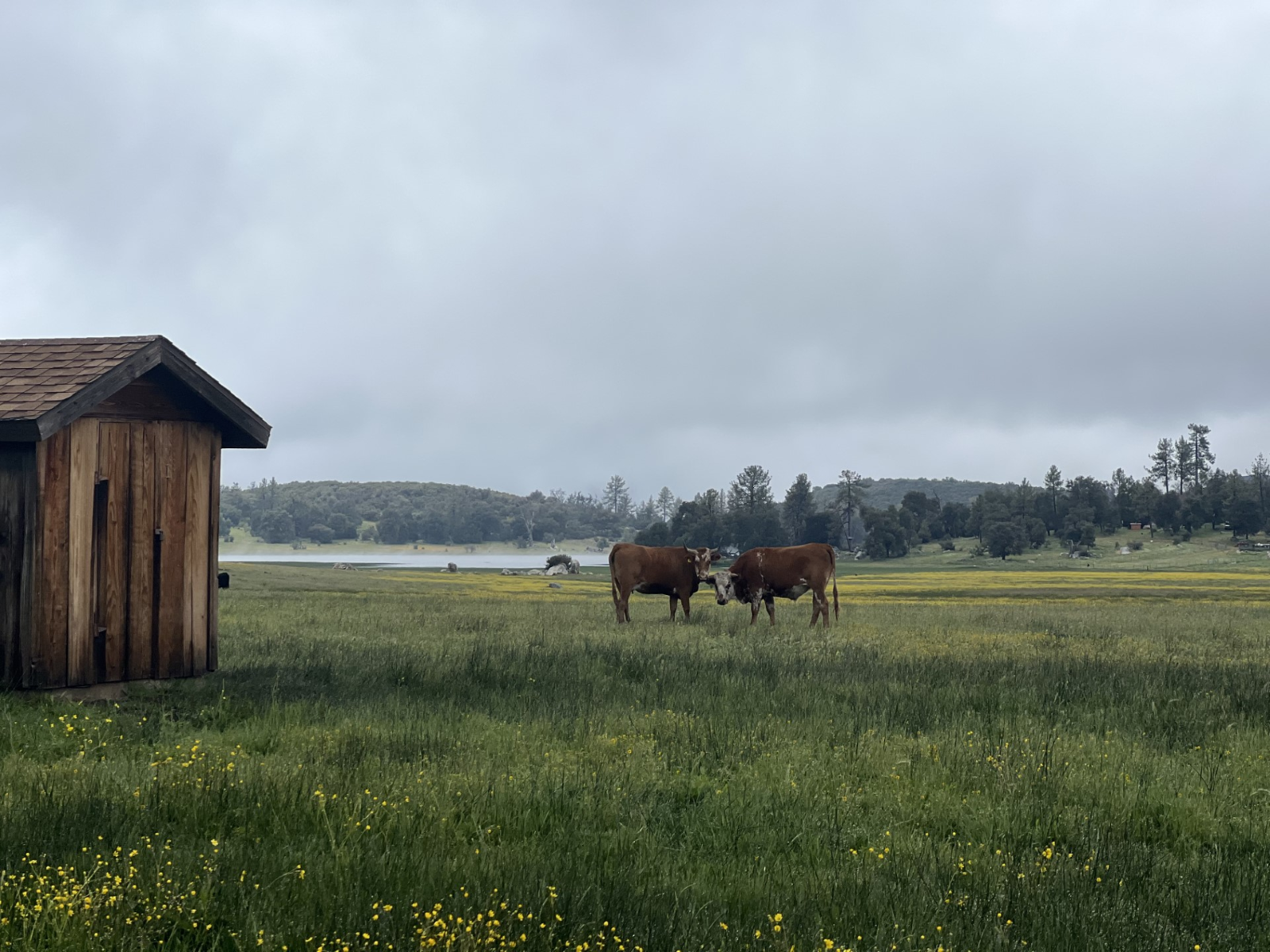Meat Processing within the Food System
Our food system has drastically changed over time - markets now cater to new trends of shopping locally, incorporating regenerative practices on the land, and consumers wanting to know more details about their food. Food production is also shaped by raging wildfires, extreme weather and in recent years a global pandemic, highlighting that our current food system is fragile and could be improved upon.
The popularity of pasture-raised meats is greatly increasing, creating a new market for livestock producers and opening an opportunity to manage land more regeneratively. However, in 2020 grocery store meat sections sat empty. Today, the meat industry is highly centralized to only four companies, including Cargill, Smithfield, Tyson, and JBS, supplying 80% of the nation’s meat. When the pandemic hit, large processing facilities shut down to ensure worker safety, and the supply chain came to a halt. As a result, ranchers were left with livestock to be processed and nowhere to take them.
This distribution within the chain left ranchers jumping through hoops to keep their businesses alive. To adapt they drove longer distances, scheduled processing months in advance without knowing the condition of their product and increased their direct sales to customers. With less than 20 USDA-approved slaughter facilities, it fosters the question of why this bottleneck effect has not been addressed.

Mobilizing New Opportunities
Now, farmers and ranchers are tackling the task themselves and appealing for mobile meat processing facilities. Although costly, these smaller mobile units can allow for on-farm harvest, reducing the amount of time and distance an animal would have to travel to make it to a processing facility. This alternative approach would benefit ranchers, the communities they serve and most importantly the livestock they dedicate their lives to raising.The Bay Area Ranchers Cooperative pursued this advancement and came together to create their own mobile meat processing facility, which as of last year is currently up and running. The 16 founding ranchers in the Cooperative hope that their vision and implementation serve as a model to other agricultural communities in shaping their local food system.
In July 2022, President Biden signed an executive order for the expansion of the nation’s meat supply chain and $9.6 million in funds were awarded to producers this month. This assistance will support business development, increase producer income stability, create jobs and most importantly expand and diversify the meat processing industry in its entirety. Supporting local meat processing is a chance to improve the fragile infrastructure already put in place, while addressing concerns of wildfire, soil health and drought resilience. Local San Diego County producers and butchers are pursuing funding to replicate a similar approach to their colleagues in the North. We have an opportunity to continue the change within our food system, moving towards a more resilient and supportive model for our ranchers, farmers, consumers, landscapes and the animals that feed us.
To learn more about local meat production please visit:
- San Diego County Cowbelles
- Connect with your local Future Farmers of America chapter to support students raising livestock for their Supervised Agricultural Experience (SAE) projects
- 'Respect the animal' motto for Ramona traveling butcher - Ramona Sentinel
